#DRC mines
Text

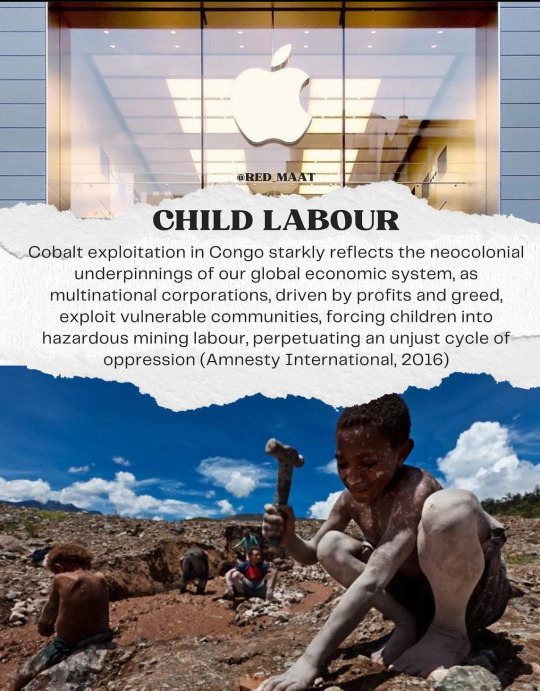
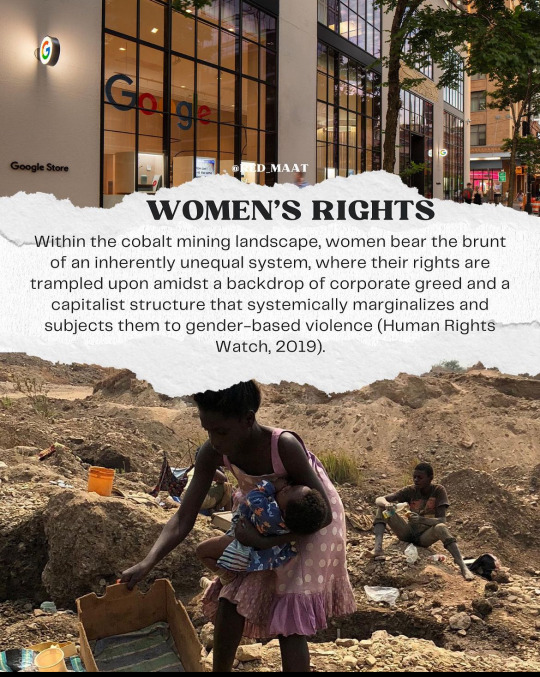
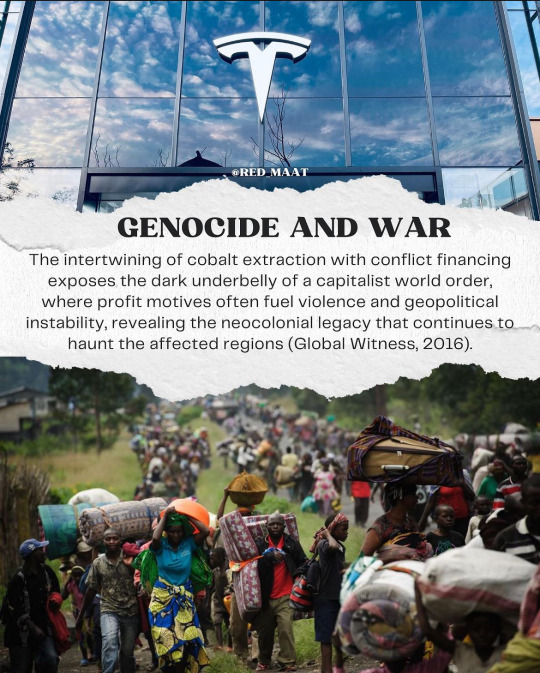
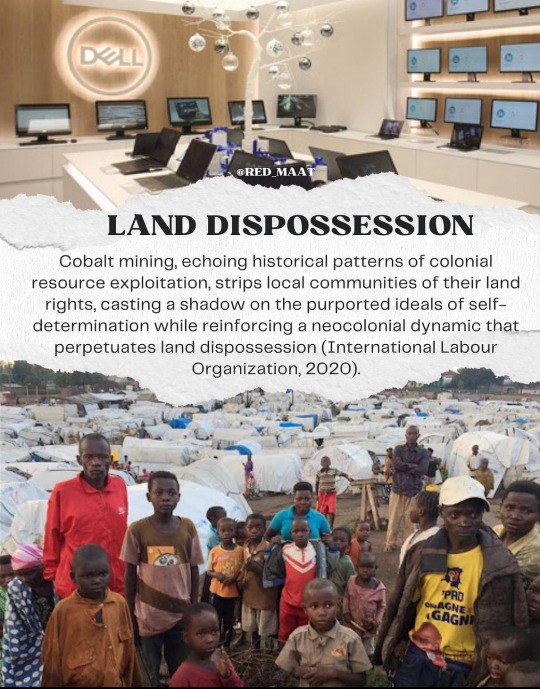
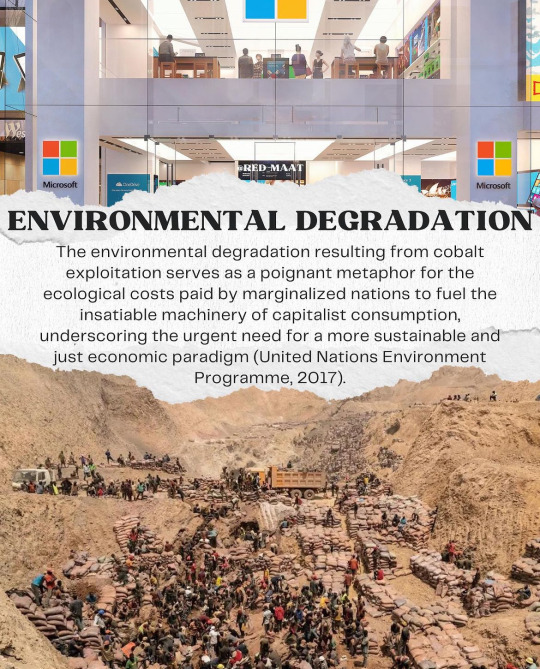
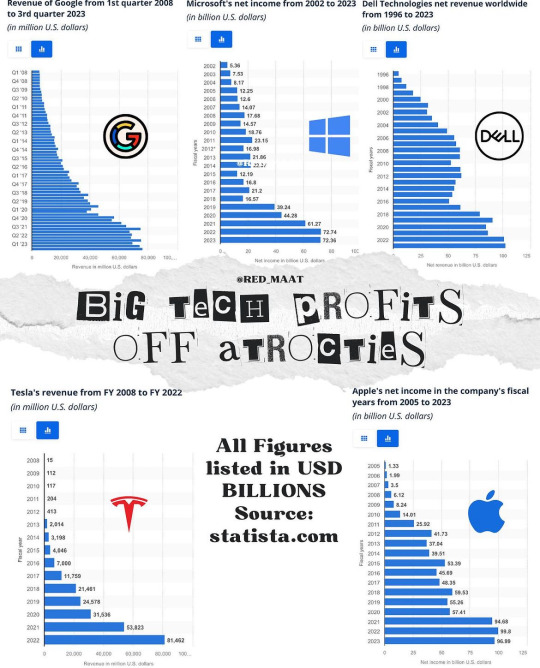
#congo#drc#signal boost#genocide#exploitation#theft#resources#child labor#crimes against humanity#modern day slavery#womens rights#black lives matter#black liberation#the cost of technology#cobalt mining#current events#colonialism#imperialism#red maat#tysir salih#Democratic Republic of the Congo#dr congo#congo kinshasa#the congo
278 notes
·
View notes
Text
The truth about Congolese Cobalt Mines and the mothers and children working them so you can have a fancy iPhone.
youtube
"The most fortunate tunnel diggers in Kasulo (DRC) earn around $3'000 per year, the most fortunate. By way of comparison, the CEO's of the technology and car companies that buy the Cobalt mined from Kosulo earn $3'000 in an hour and they do so without having to put their lives at risk each day that they go to work."
#DRC#democratic republic of the congo#africa news#africa#mining#african mining#mining in africa#mining in the congo#congo#child labor#tech companies#neoliberal capitalism#socialism#communism#marxism leninism#socialist politics#socialist worker#socialist news#marxism#socialist#communist#marxist leninist#progressive politics#politics#worker solidarity#workersolidarity#african labor#workers rights#us news#news
49 notes
·
View notes
Text
#Congo#the people of drc needs us#women of Congo#important#please boost#signal boost#news#american news#Congo needs of aid#Congo mines#artisanal pits#people of congo#free congo#congo genocide#democratic republic of the congo#dr congo#save congo#help save Congo
11 notes
·
View notes
Text
Child miners: the dark side of the DRC’s coltan wealth - ISS Africa
Coltan is one of the world’s most vital minerals, and 60% of reserves globally are found in the Democratic Republic of the Congo’s (DRC) Kivu province. In 2019, 40% of the global coltan supply was produced in the DRC.
The mineral is used in cell phones, laptops and other devices because of its particular ability to store and release electrical energy. As 5G technology grows, the demand for Congolese coltan will increase. But this is not good news for everyone in the DRC.
Much of the country’s coltan is extracted using the labour of over 40 000 child and teenage miners. Coming from remote villages and towns in Kivu, they either drop out of school or have never had the opportunity to attend. The informality of the extractive sector provides attractive job opportunities for vulnerable children, who serve as a pool of cheap labour.
9 notes
·
View notes
Video
youtube
‘Cobalt Red: How the Blood of the Congo Powers Our Lives’ w/ Siddharth Kara
From smartphones to electric vehicles, all lithium-ion rechargeable batteries made today require cobalt, a unique mineral that is almost exclusively mined in the Democratic Republic of the Congo.
Siddharth Kara, author of Cobalt Red: How the Blood of the Congo Powers Our Lives, joins the show to explain the immense toll taken on the people and environment of the Democratic Republic of the Congo by cobalt mining and the numerous layers of multinational supply chains that serve to erode accountability for the absolute exploitation for absolute profit.
#congo#lithium mining#cobalt mining#2023 slavery#eco nightmare#tesla#iphone#cellphone batteries#DRC#mutinational theft#elon musk#‘Cobalt Red: How the Blood of the Congo Powers Our Lives’ w/ Siddharth Kara
5 notes
·
View notes
Link
6 notes
·
View notes
Text
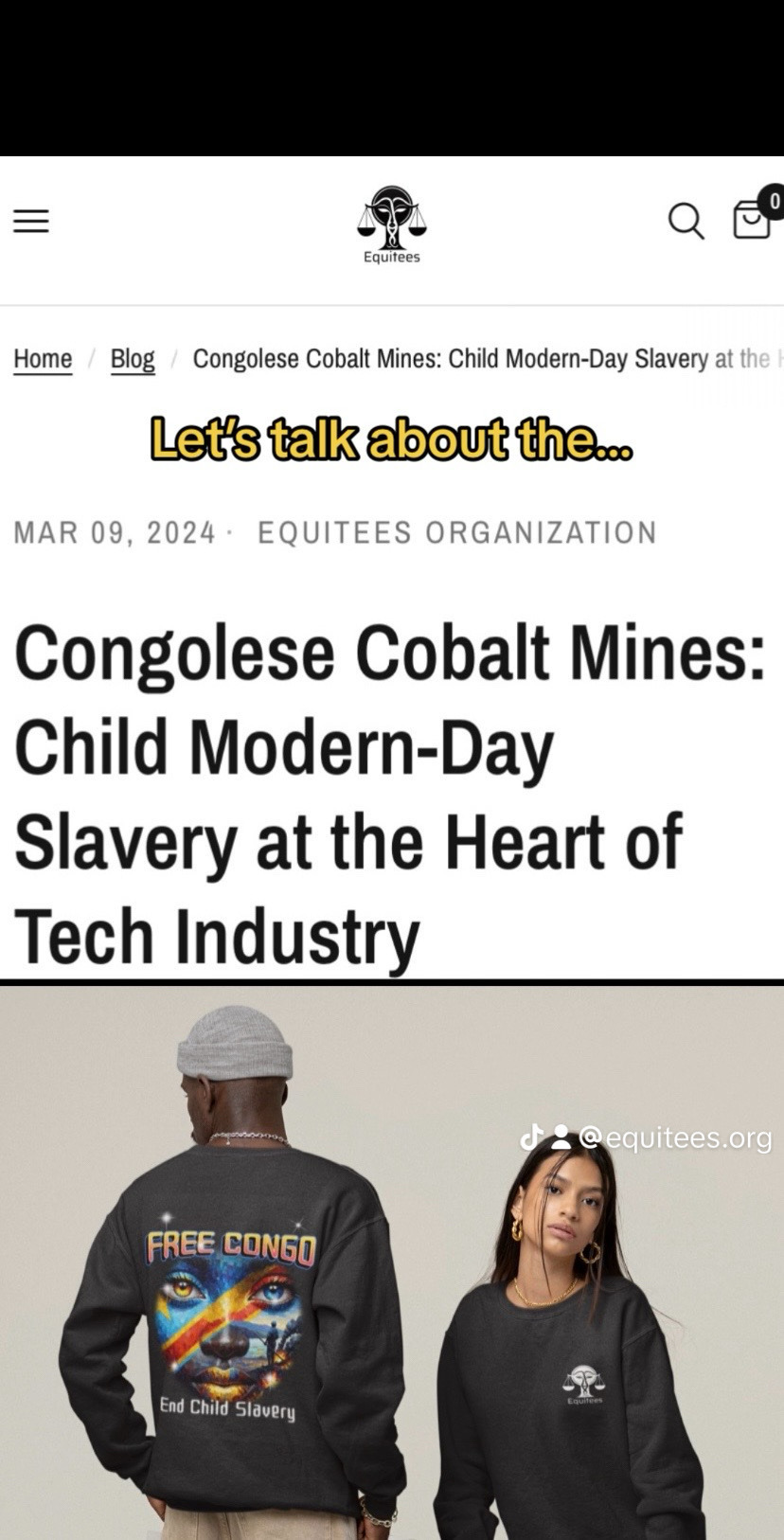
Please take the time to read and share this🙏
Together we will make a difference
For every ‘Free Congo’ item purchased, we donate directly to a globalgiving.org project dedicated to rescuing and rehabilitating these children, offering them a path towards a brighter, hope-filled future.
#free congo#help congo#congo genocide#congo crisis#democratic republic of the congo#dr congo#save congo#congolese#congolaise#congo#humanity#human rights
14K notes
·
View notes
Text

More affluent older white people jeering and making a mockery of this young person who refuses to be complacent in Google's complicity in the ongoing genocide against Palestinian people. The raw materials used to make their products also depend on exploiting Congolese people -including young children, who mine for cobalt. Google, Apple -any company that relies on suffering, destruction, and death of ANY community around the world needs to be stopped. Keep boycotting. Keep speaking up about these injustices.
#feminist#social justice#free palestine#palestine#free gaza#current events#settler colonialism#settler violence#free congo#congo genocide#dr congo#congo#congo is bleeding#boycott#boycotting#us imperialism#western imperialism#global news#google#big tech#protest
14K notes
·
View notes
Text
Here are some of the donations for Congo
18K notes
·
View notes
Video
youtube
DOCUMENTAIRE SUR LES RICHESSES DU CONGO PAR SES FILS
#youtube#Mining#Mines#Energy#Kolwezi#Katanga#DRC#Congo#karibu#welcome#mining industry#millionaire#millionaires
0 notes
Photo
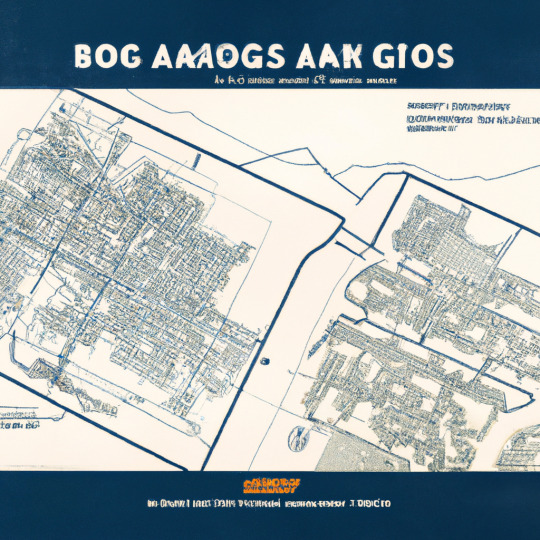
The news that ERG Africa's Boss Mining had signed a community development plan caused a ripple of excitement in the town. It seemed like a gift, a reward sent from some higher power, yet no one could guess what the plan entailed. People were left to ponder the mystery, wondering if it would bring hope, joy, or some other unexpected consequence. For the time being, all they could do was wait to see how things unfolded.
#Base Metals#Business and policy#Central Africa#News#Boss Mining#DRC#ERG Africa#Gecamines#fault#Community Development#Progress#Innovation
0 notes
Text
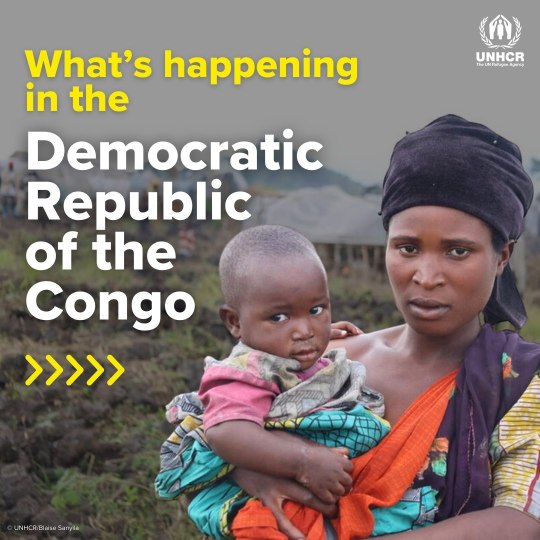


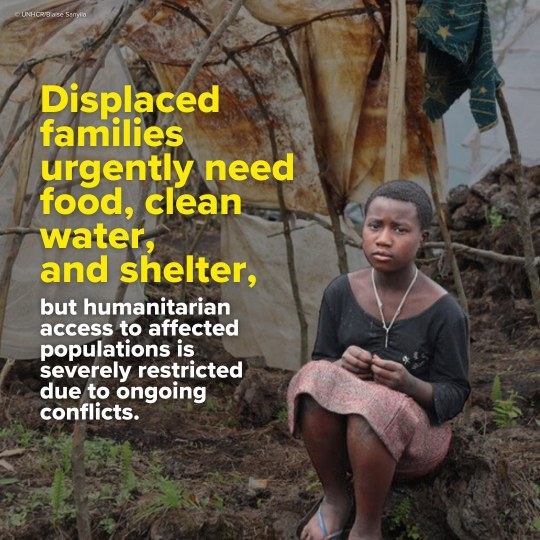


@refugees
The United Nations refugee agency (UNHCR) has warned of a growing humanitarian catastrophe in the eastern Democratic Republic of the Congo (DRC), where fighting between government forces and armed groups has caused hundreds of thousands of people to flee.
The mining in the Province of North Kivu Province is mainly for gold, cassiterite, coltan, diamonds, tourmaline, pyrochlore.
Humanitarians estimate that there are now more than 300,000 displaced people in Goma. Anne-Sylvie Linder says, “Some of them are at Bulengo or Lac Vert – where a site was prepared – as well as Rusayo, an outlying district in Goma where authorities have made several acres available. The Lac Vert site nevertheless poses a significant risk to the people there because of the potential for the release of dangerous methane gas. (ICRC.org)
update source to read more: VOA Reliefweb
#congo#democratic republic of the congo#human rights abuses#displaced#what's happen in congo#silent holocaust
3K notes
·
View notes
Text
BREAKING NEWS: Congo is currently going through a genocide. Millions of people are being killed so for the benefit from its natural resources.
More than 60% of the world’s cobalt reserves are found in Congo, used in the production of computers and smartphones. The DRC is home to what some believe to be the world's biggest lithium deposit. Which is used for batteries of all sizes including electric cars.
European countries are providing financial military aid to invade regions filled with reserves and in the process millions are getting killed and millions homeless.
Multinational mining companies are enslaving people especially children who never had the chance to enroll in school to mine. With the talks of Ukraine and Palestine, meanwhile the Congo is being ‘cleansed’ 🤔
#pay attention#educate yourselves#educate yourself#knowledge is power#reeducate yourself#reeducate yourselves#think about it#think for yourselves#think for yourself#do your homework#do some research#do your own research#ask yourself questions#question everything#news#world news#congo#crimes against humanity#save the children#save the kids#save our children#save humanity
152 notes
·
View notes
Text
‘Staggering’ rise in women with reproductive health issues near DRC cobalt mines – study | Women's health | The Guardian
Women and girls living in cobalt-mining communities in the Democratic Republic of the Congo are reporting a “staggering” rise in serious reproductive health issues, including miscarriages and birth defects, according to a new report.
An investigation published by the UK-based human rights group Rights & Accountability in Development (Raid) and the Kinshasa-based NGO Afrewatch said that women and girls living around cobalt mines reported experiencing irregular menstruations, urogenital infections, vaginal mycoses and warts.
111 notes
·
View notes
Text
The United States (US) leap-frogged competitors in the scramble for African minerals required to power the global energy transition when it signed an agreement with Zambia and the Democratic Republic of Congo in 2022 for the development of a regional value chain in the electric vehicle battery sector.
The agreement challenged the dominance of China, South Africa, Hong Kong, Mauritius and India as the traditional consumers of Zambian copper, gold, lithium, cobalt and manganese exports.
It targeted large volumes of critical transition metals that occur in the Katanga Copperbelt, a mineral-rich strip stretching from Lualaba province in the south-eastern DRC to the Luapula province in northern Zambia.
According to the US state department, the agreement aimed to “facilitate the development of an integrated value chain for the production of electric vehicle batteries in the DRC and Zambia, ranging from raw material extraction, to processing, manufacturing and assembly”.
17/04/2024
127 notes
·
View notes
Text
tw: rape, sexual assault, violence on women & children
"SAVING THE WOMEN OF CONGO!
"Congolese women are paying a terrible price for the conflict in eastern DRC. Those who escape the violence are often forced to find shelter in makeshift tent camps, without proper facilities or security - where they face a high risk of sexual assault." from African Stream, 26/Mar/2024:
(caption cont under video)
Many have children in their care and seek work outside the camps, including in dangerous cobalt mines. This has also left them vulnerable to militants who abduct and rape.
Children are also subjected to sexual abuse, with stigma and unwanted pregnancies making the trauma even harder to bear.
According to a UNICEF report, the rise in sexual violence in Congo went up by 37% in the first three months of 2023, compared with the year before.
The systematic use of rape as a weapon of war has been labeled a “medical and humanitarian emergency,” as aid groups struggle to provide adequate health and psychological services to affected women and children.
#congo#congolese#democratic republic of the congo#free congo#gender violence#violence against women#violence against children#dr congo#eyes on congo#important#social justice#feminism#feminist
104 notes
·
View notes